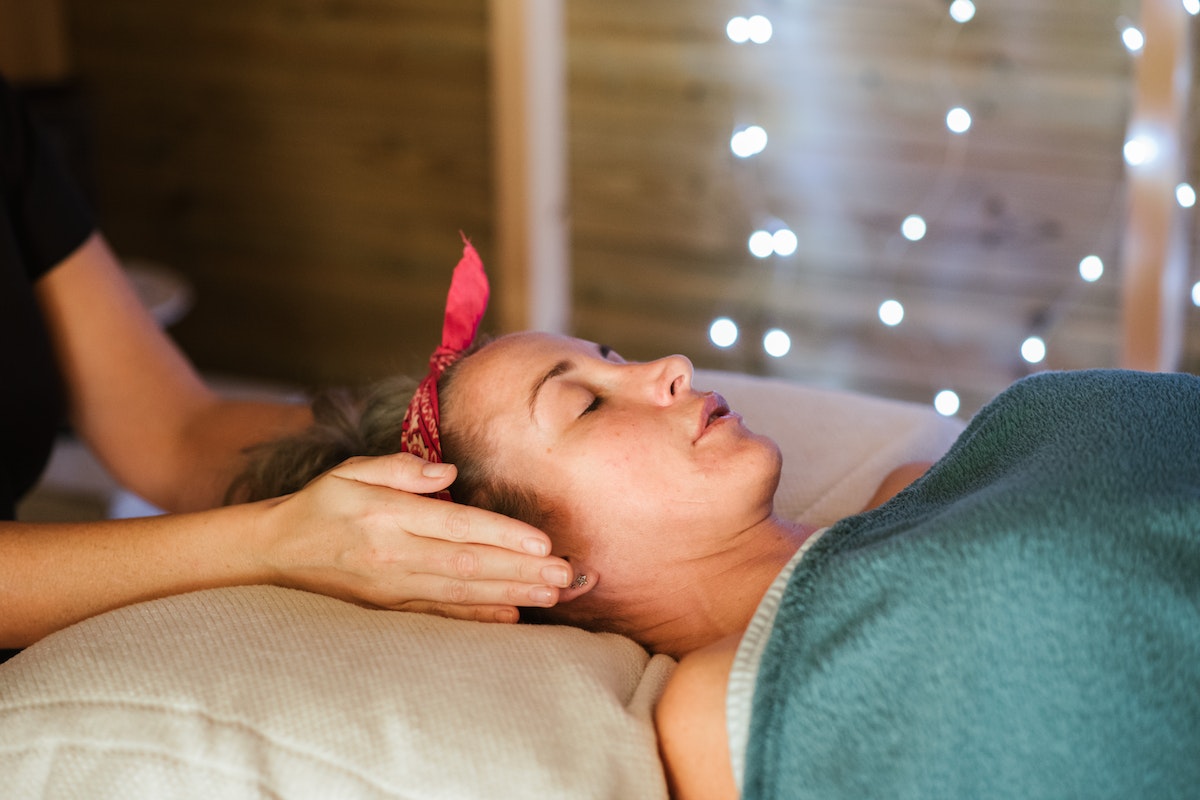
Reiki is an ancient Japanese form of energy healing that has gained popularity in recent years for its ability to alleviate physical and emotional ailments. At the core of this practice is the concept of channeling energy, but where does Reiki energy come from? In this article, we will delve into the origins of Reiki energy and explore the beliefs that surround its source.
The History of Reiki
To understand where Reiki energy comes from, we must first explore the history of this healing practice. Reiki was developed by Mikao Usui in Japan in the early 20th century. Usui was said to have received the knowledge of Reiki during a spiritual quest and subsequently developed a system of healing that was based on the transmission of energy from the practitioner to the recipient.
The Concept of Ki
The Japanese word “Ki” is often used to describe the energy that flows through all living things. This concept is central to the practice of Reiki, which is believed to work by channeling this energy to balance the body, mind, and spirit. In Japanese culture, Ki is considered a vital life force, and it is thought to be the energy that drives all aspects of human existence.
The Role of Chakras
Chakras are energy centers located throughout the body that are believed to correspond to different physical and emotional states. Reiki practitioners often use chakras as a focal point for the transmission of energy, with the intention of balancing and harmonizing the flow of Ki throughout the body.
The Source of Reiki Energy
The source of Reiki energy is a topic of much debate within the Reiki community. Some practitioners believe that the energy originates from a divine source, while others believe that it is a universal life force that can be accessed by anyone. Some believe that the energy is channeled from a higher power, while others believe that it is simply the natural energy that flows through all living things.
Divine Source
One belief is that Reiki energy comes from a divine source, such as God, angels, or other spiritual beings. Those who hold this belief see Reiki as a spiritual practice that allows them to connect with a higher power and channel divine energy to promote healing and balance.
Universal Life Force
Another belief is that Reiki energy is a universal life force that can be accessed by anyone. This view sees Reiki as a natural phenomenon that exists in the world around us and can be channeled by anyone with the proper training and intention.
Channeling Energy
Regardless of the source of Reiki energy, the practice of Reiki is centered around the concept of channeling energy from the practitioner to the recipient. This involves the use of specific hand positions and techniques that are intended to facilitate the flow of Ki through the body and promote healing.
Reiki and Science
While the source of Reiki energy remains a topic of debate within the Reiki community, there is growing scientific evidence that supports the efficacy of Reiki as a complementary therapy for a variety of physical and emotional conditions. Studies have shown that Reiki can help to reduce pain, anxiety, and depression, and may also improve overall well-being.
Conclusion
In conclusion, the source of Reiki energy is a complex and multifaceted topic that is rooted in both spiritual and scientific beliefs. While the exact origin of Reiki energy remains a mystery, the practice of channeling energy through specific techniques has been shown to be an effective means of promoting healing and balance. Whether you believe that Reiki energy comes from a divine source or is a natural phenomenon that can be accessed by anyone, there is no denying the power of Reiki as a complementary therapy for those seeking to complementary therapy for those seeking to alleviate physical or emotional ailments, promote relaxation, and improve overall well-being.
